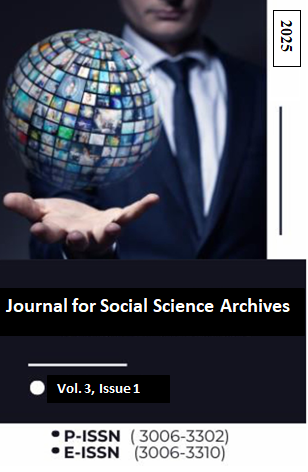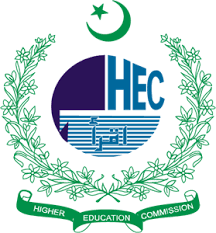Pakistan's Online Shoppers: Reactions to Brand Inauthenticity and Recovery Strategies
DOI:
https://doi.org/10.59075/jssa.v3i1.194Keywords:
Brand inauthenticity, Perceived betrayal, Brand Sabotage, Demand reparation, customer trust, Brand recovery.Abstract
The research explores how consumers in online shopping environments respond to brand inauthenticity with a particular focus on brand sabotage and compensation demands. Perceived betrayal is identified as an essential factor leading to negative cognitive and emotional reactions. When customers feel deceived by a brand, they often react with brand sabotage or by seeking refunds. The study using data from Pakistani online shoppers, analyzed these behaviors through Confirmatory Factor Analysis (CFA) with Amos. The findings suggest that brand inauthenticity significantly drives perceived disloyalty resulting in brand degradation or demands for compensation. However, they also highlight that well-executed brand recovery efforts can significantly mitigate these adverse outcomes by restoring brand credibility. The study emphasizes the importance of quickly addressing customer dissatisfaction to maintain trust in the digital market place offering valuable insights for brands navigating the challenges of managing customer relationships in an era dominated by social media.
Downloads
Published
How to Cite
Issue
Section
License
Copyright (c) 2025 Journal for Social Science Archives

This work is licensed under a Creative Commons Attribution 4.0 International License.



